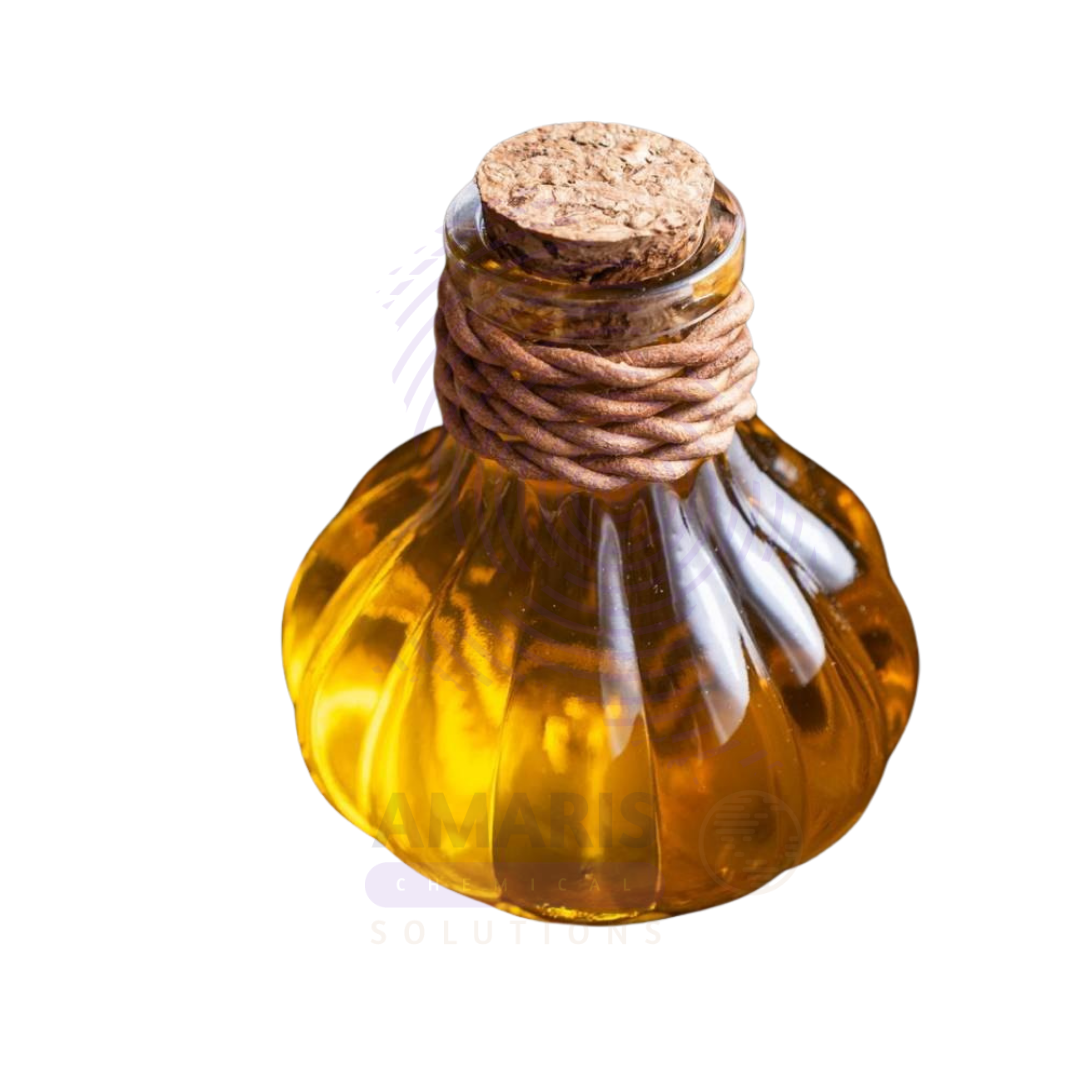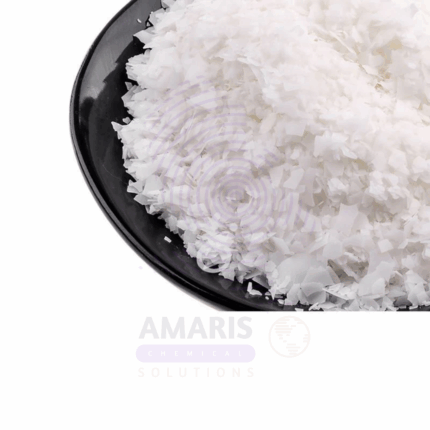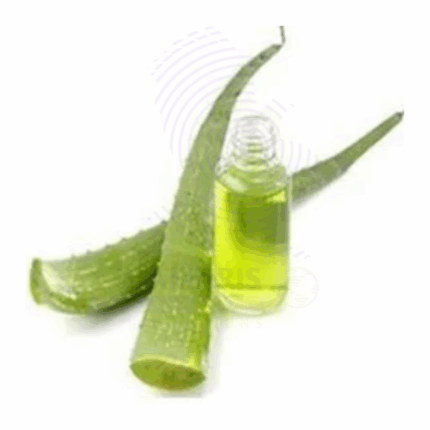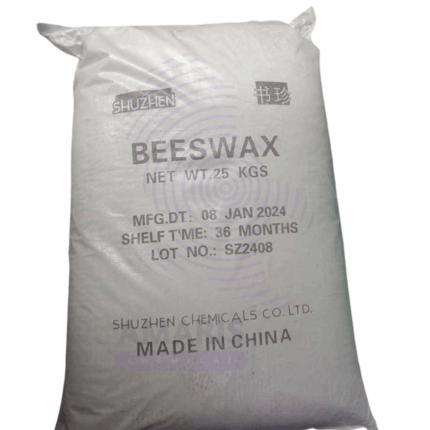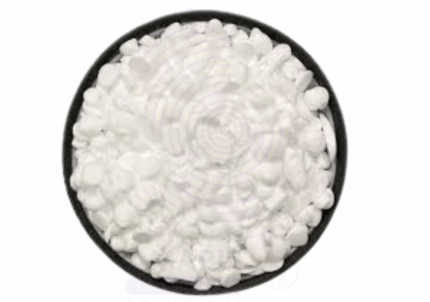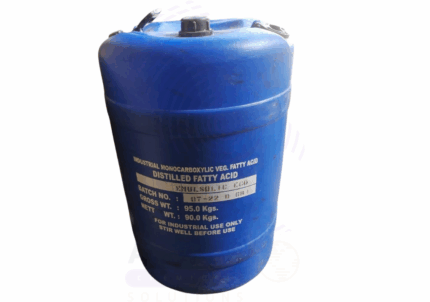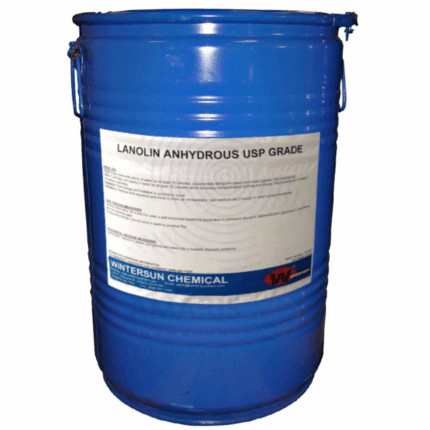Baobab Oil
Baobab Oil is a luxurious, cold-pressed oil extracted from the seeds of the Adansonia digitata (baobab) tree, native to Africa. Rich in omega fatty acids (especially omega-3, 6, and 9), vitamins A, D, E, and F, and powerful antioxidants, Baobab Oil is prized for its deep moisturizing, skin-rejuvenating, and anti-inflammatory properties. It is a light, non-greasy oil that absorbs quickly into the skin, making it ideal for a wide range of cosmetic and personal care applications.
Baobab Oil is especially suited for dry, sensitive, or mature skin. It supports skin elasticity, improves tone, and helps reduce the appearance of scars and stretch marks. In hair care, it nourishes and protects, leaving hair soft and manageable. Its natural stability and skin compatibility make it a premium ingredient in high-performance formulations.
Baobab Oil
Primary Uses
- Cosmetics and Personal Care
- Used in facial oils, serums, and creams to hydrate, soften, and nourish dry or aging skin.
- Included in body butters, lotions, and balms to improve elasticity and relieve dryness.
- Helps soothe skin conditions such as eczema, psoriasis, and sunburn due to anti-inflammatory action.
- Used in stretch mark and scar treatment formulations for skin regeneration and repair.
- Applied in baby care products for its gentle, hypoallergenic profile.
- Incorporated into lip balms and cuticle oils for targeted nourishment.
- Hair Care Products
- Used in shampoos and conditioners to restore moisture and shine to dry or damaged hair.
- Included in scalp oils and treatments to reduce flaking and support a healthy scalp.
- Applied in hair masks and leave-in products to protect against breakage and environmental damage.
- Used in beard oils and men’s grooming products for conditioning and softness.
- Massage and Spa Treatments
- Employed as a massage oil base for its silky texture and fast absorption.
- Used in luxury spa therapies for hydration and anti-aging skin benefits.
- Blended in aromatherapy oils to enhance glide and moisturize during treatments.
Secondary Uses
- Makeup and Color Cosmetics
- Used as a base oil in natural foundations, lipsticks, and makeup removers for skin-friendly formulations.
- Enhances glide and nourishment in cream blushes and highlighters.
- Therapeutic and Herbal Formulations
- Used as a carrier oil for essential oils in aromatherapeutic applications.
- Employed in herbal salves and topical treatments for its healing support.
- Male Grooming Products
- Found in aftershave balms and oils to calm irritation and nourish skin.
- Common in beard balms and oils for conditioning and shine.
1. Basic Identification Attributes
- Botanical Source: Adansonia digitata
- Common/Trade Name: Baobab Oil
- INCI Name: Adansonia Digitata Seed Oil
- CAS Number: 91745-12-9
- HS Code: 1515.90
- Synonyms: Baobab Seed Oil, African Baobab Oil
2. Physical & Chemical Properties
- Physical State: Liquid oil
- Color & Odor: Golden yellow to amber; mild, nutty scent
- Solubility: Insoluble in water; soluble in lipids and esters
- Melting Point: Liquid at room temperature
- Fatty Acid Profile: High in oleic, linoleic, and palmitic acids
- Absorption: Medium to fast absorption; non-greasy
3. Safety & Hazard Attributes
- GHS Classification: Not classified as hazardous
- Toxicity: Non-toxic; safe for topical cosmetic use
- Allergen Information: Nut-derived; rare allergenicity but may require labeling in sensitive formulations
- Exposure Limits: Not applicable under standard cosmetic use
4. Storage & Handling Attributes
- Storage Conditions: Store in a cool, dark place; protect from oxidation
- Container Type: Amber glass or food-grade plastic containers
- Shelf Life: 18–24 months when properly stored
- Handling Precautions: Use clean utensils; avoid water contamination
5. Regulatory & Compliance Attributes
- Approved for use in cosmetic and personal care formulations (EU, FDA, ASEAN)
- Suitable for natural, vegan, and cruelty-free certified products
- May be used in certified organic formulations (depending on source)
- Not approved for ingestion unless food-grade certified
6. Environmental & Health Impact
- Biodegradability: Fully biodegradable
- Ecotoxicity: Low impact; sustainable harvesting is practiced
- Bioaccumulation: Not expected
Safety Handling Precautions
- PPE Required: Gloves recommended during bulk handling
- Handling Guidelines: Keep sealed and protected from air and light
First Aid Measures
- Inhalation: Not applicable
- Skin Contact: Safe; discontinue use if irritation occurs (rare)
- Eye Contact: Rinse thoroughly with water if contact occurs
- Ingestion: Non-toxic but not intended for consumption unless certified
Firefighting Measures
- Fire Hazards: Combustible at high temperatures
- Extinguishing Media: Foam, dry chemical, CO₂
- Special Precautions: Avoid direct flames; use standard fire safety measures
- Hazardous Combustion Products: Carbon oxides


 Preservatives(food)
Preservatives(food) Flavor Enhancers
Flavor Enhancers Acidulants
Acidulants Sweeteners
Sweeteners Antioxidants
Antioxidants Colorants(food)
Colorants(food) Nutraceutical Ingredients (food)
Nutraceutical Ingredients (food) Nutrient Supplements
Nutrient Supplements Emulsifiers
Emulsifiers
 Collectors
Collectors Dust Suppressants
Dust Suppressants Explosives and Blasting Agents
Explosives and Blasting Agents Flocculants and Coagulants
Flocculants and Coagulants Frothers
Frothers Leaching Agents
Leaching Agents pH Modifiers
pH Modifiers Precious Metal Extraction Agents
Precious Metal Extraction Agents
 Antioxidants(plastic)
Antioxidants(plastic) Colorants (Pigments, Dyes)
Colorants (Pigments, Dyes) Fillers and Reinforcements
Fillers and Reinforcements Flame Retardants
Flame Retardants Monomers
Monomers Plasticizers
Plasticizers Polymerization Initiators
Polymerization Initiators Stabilizers (UV, Heat)
Stabilizers (UV, Heat)
 Antifoaming Agents
Antifoaming Agents Chelating Agents
Chelating Agents Coagulants and Flocculants
Coagulants and Flocculants Corrosion Inhibitors
Corrosion Inhibitors Disinfectants and Biocides
Disinfectants and Biocides Oxidizing Agents
Oxidizing Agents pH Adjusters
pH Adjusters Scale Inhibitors( water)
Scale Inhibitors( water)
 Antioxidants(cosmetic)
Antioxidants(cosmetic) Emollients
Emollients Fragrances and Essential Oils
Fragrances and Essential Oils Humectants
Humectants Preservatives
Preservatives Surfactants(cosmetic)
Surfactants(cosmetic) Thickeners
Thickeners UV Filters
UV Filters
 Fertilizers
Fertilizers Soil Conditioners
Soil Conditioners Plant Growth Regulators
Plant Growth Regulators Animal Feed Additives
Animal Feed Additives Biostimulants
Biostimulants Pesticides (Herbicides, Insecticides, Fungicides)
Pesticides (Herbicides, Insecticides, Fungicides)
 Active Pharmaceutical Ingredients (APIs)
Active Pharmaceutical Ingredients (APIs) Excipients
Excipients Solvents(pharmaceutical)
Solvents(pharmaceutical) Antibiotics
Antibiotics Antiseptics and Disinfectants
Antiseptics and Disinfectants Vaccine Adjuvants
Vaccine Adjuvants Nutraceutical Ingredients (pharmaceutical)
Nutraceutical Ingredients (pharmaceutical) Analgesics & Antipyretics
Analgesics & Antipyretics
 Analytical Reagents
Analytical Reagents Solvents(lab)
Solvents(lab) Chromatography Chemicals
Chromatography Chemicals Spectroscopy Reagents
Spectroscopy Reagents microbiology-and-cell-culture-reagents
microbiology-and-cell-culture-reagents Molecular Biology Reagents
Molecular Biology Reagents Biochemical Reagents
Biochemical Reagents Inorganic and Organic Standards
Inorganic and Organic Standards Laboratory Safety Chemicals
Laboratory Safety Chemicals Specialty Laboratory Chemicals(Special Laboratory Equipment)
Specialty Laboratory Chemicals(Special Laboratory Equipment)
 Demulsifiers
Demulsifiers Hydraulic Fracturing Fluids
Hydraulic Fracturing Fluids Scale Inhibitors(oil)
Scale Inhibitors(oil) Surfactants(oil)
Surfactants(oil) Drilling Fluids
Drilling Fluids
 Dyes and Pigments
Dyes and Pigments Bleaching Agents
Bleaching Agents Softening Agents
Softening Agents Finishing Agents
Finishing Agents Antistatic Agents
Antistatic Agents
 Admixtures
Admixtures Waterproofing Agents
Waterproofing Agents Sealants and Adhesives
Sealants and Adhesives Curing Compounds
Curing Compounds Concrete Repair Chemicals
Concrete Repair Chemicals Anti-Corrosion Coatings
Anti-Corrosion Coatings
 Surfactants(cleaning)
Surfactants(cleaning) Builders
Builders Enzymes
Enzymes Solvents (Cleaning)
Solvents (Cleaning) Fragrances
Fragrances
 Electronic Chemicals
Electronic Chemicals Catalysts
Catalysts Lubricants
Lubricants Photographic Chemicals
Photographic Chemicals Refrigerants
Refrigerants Automotive chemicals
Automotive chemicals Pyrotechnic Chemicals
Pyrotechnic Chemicals
 Biodegradable Surfactants
Biodegradable Surfactants Bio-based Solvents
Bio-based Solvents Renewable Polymers
Renewable Polymers Carbon Capture Chemicals
Carbon Capture Chemicals Wastewater Treatment Chemicals
Wastewater Treatment Chemicals
 Pigments
Pigments Solvents(paint)
Solvents(paint) Specialty Coatings
Specialty Coatings Binders/Resins
Binders/Resins Additives
Additives Driers
Driers Anti-Corrosion Agents
Anti-Corrosion Agents Functional Coatings
Functional Coatings Application-Specific Coatings
Application-Specific Coatings
 Fresh Herbs
Fresh Herbs Ground Spices
Ground Spices Whole Spices
Whole Spices Spice Blends
Spice Blends Dried Herbs
Dried Herbs
 Leavening Agents
Leavening Agents Dough Conditioners
Dough Conditioners Flour Treatments
Flour Treatments Fat Replacers
Fat Replacers Decoratives
Decoratives Preservatives(baking)
Preservatives(baking)
 Plasticizers & Softeners
Plasticizers & Softeners Reinforcing Agents
Reinforcing Agents Adhesion Promoters
Adhesion Promoters Vulcanizing Agents
Vulcanizing Agents Antidegradants
Antidegradants Blowing Agents
Blowing Agents Fillers & Extenders
Fillers & Extenders Accelerators & Retarders
Accelerators & Retarders